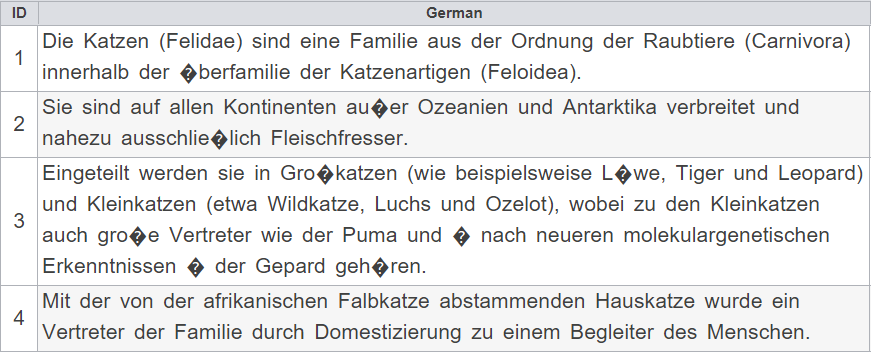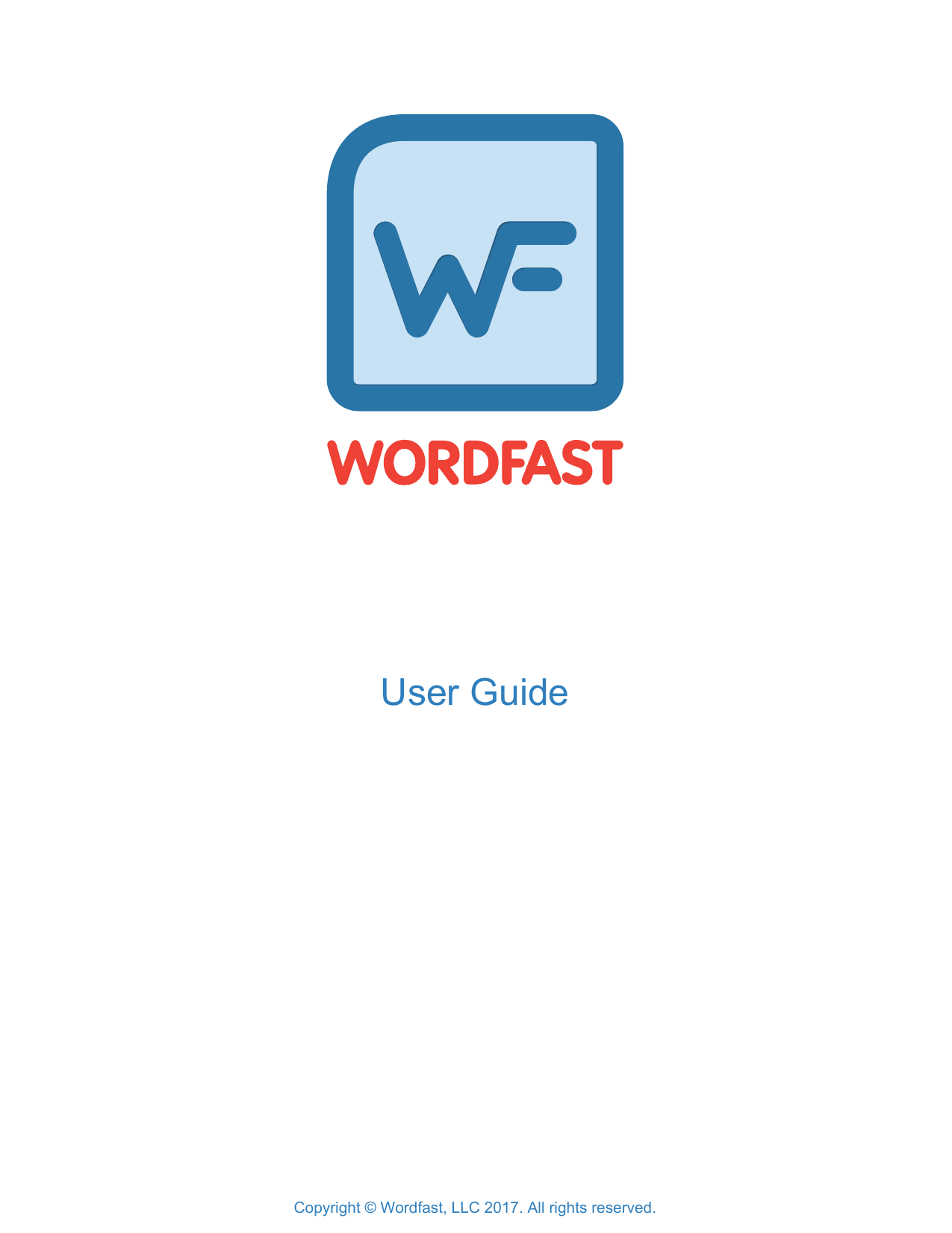

First we will dedicate our attention to the most popular tool, Trados.
#Wordfast classic 100% matches software#
In order to provide a general overview of these tools, we will now describe in detail three software packages. Translation memories represented such a standard, and their adoption was soon followed by an exponential growth of the market for computer-aided translation software. The introduction of the Internet and the possibility for translators to exchange data worldwide required adaptation and the introduction of generally acceptable standards.

The 90s witnessed the expansion of the CAT market by making the software affordable to small businesses and freelance translators, but both the prices and the system requirements for use were still too high. In the second half of the 80s, the Dutch company INK developed a system named "TextTools," inspired by TSS Trados, a company established in 1984 in Stuttgart, became its official dealer in Germany. IBM was one of the first purchasers of this system. However, the acceptance of this system was limited because of its high cost, which made it affordable only to large companies doing massive amounts of translation. TSS (Translation Support System), the first CAT tool developed by the U.S. The first attempts consisted of terminology databases the idea of translation memories, i.e., of a mechanism that forms the basis of today's computer-aided translation software, began to gain acceptance in the late 70s. World of CAT tools, you'll wonder how you were able to live without Spend time, money, and patience to familiarize yourself with the Should not translate automatically, but rather facilitate the work of It was at this time, between the late 60sĪnd early 70s that a novel approach was suggested. In the near future, the results did not meet the expectations, and theįunds soon stopped flowing. Despite the initialĮnthusiasm and the belief that translators could be replaced by machines Air Forceįor gisting reports and documents written in Russian. Toma is the inventor of this system, which was used by the U.S. Systran (Acronym for System Translation) was established in those yearsĪnd is still used by the European Commission.

(MT), was coined in 1947 by Warren Weaver who, in his famous memoranda,ĭefended the feasibility of developing an automatic translation program. With machine translation were made in specialized research centers andįinanced mainly by the USA and the USSR. For this reason, considerable funds wereĪllocated, for the first time, to translation technology. Years, when the information collected by the intelligence services had Him in 1933), the history of CAT Tools actually begins in the Cold War In the thirties (this definition can be found in the patent granted to When translating one language into another or several others simultaneously" Finally, suggestionsĪre given for those who would like to know more about these tools and startĪlthough Petr Trojanski invented "a machine for selecting and typing words The advantages and disadvantages of their use are analyzed. After having briefly explained how the tools work, On the creation of a Translation Memory, which facilitates and speeds up A CAT Tool is software whose functioning is based Intended for those translators who are familiarizing themselves with these

"Daf Werkstatt",Īrticle aims at giving an overview of how CAT Tools work and is specifically (in Italian): CAT Tools: Istruzioni per l'uso. In the journal of the Center for German Studies at the University of Siena-Arezzo A PhD student in German Studies at the University of Milan, Italyīecome a member of at justĪ more detailed version of the following article was published


 0 kommentar(er)
0 kommentar(er)
